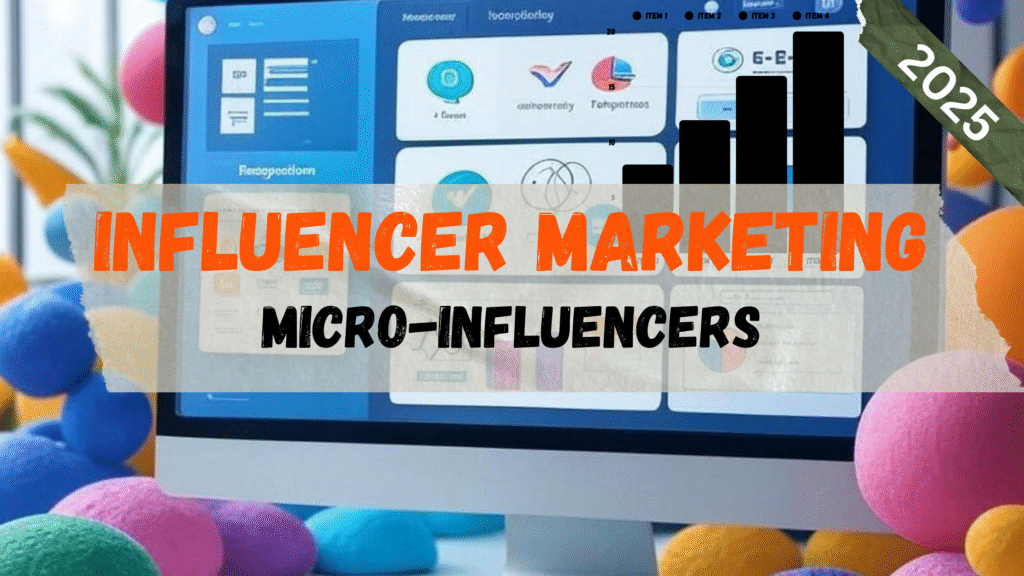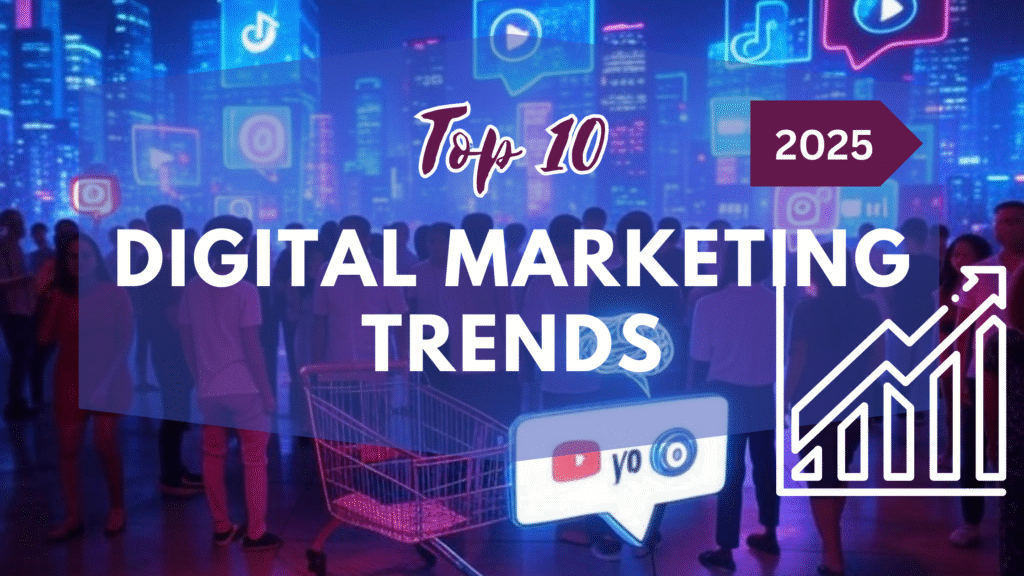Introduction
Influencer marketing is set to grow by 12% in 2025, with micro-influencers leading the charge due to their high engagement rates. Authenticity and platform diversification are becoming pivotal as brands seek genuine connections with audiences. This guide explores why influencer marketing matters, offers actionable strategies, and highlights key trends for 2025. Targeting high-searched keywords like “influencer marketing,” “micro-influencers,” “authenticity in marketing,” and “platform diversification,” this blog equips marketers to elevate their influencer campaigns.
Why Influencer Marketing Matters
Influencer marketing continues to drive brand growth, with compelling trends shaping its 2025 trajectory:
The industry is projected to grow by 12%, reflecting its increasing value (Exploding Topics).
Micro-influencers (1K-100K followers) achieve 60% higher engagement rates than mega-influencers, due to their niche audiences (Exploding Topics).
70% of consumers prefer authentic endorsements, boosting trust in influencer campaigns (Smart Insights).
Campaigns across multiple platforms contribute to 45% of brand awareness gains, highlighting the need for diversification (Search Engine Journal).
Influencer-driven purchases account for 20% of e-commerce sales, underscoring their conversion power (Smart Insights).
These factors cement influencer marketing as a key strategy for reaching targeted audiences.
Key Strategies for Influencer Marketing Success in 2025
To elevate influencer marketing, brands must focus on authenticity and strategic partnerships. Below are seven actionable strategies:
1. Partner with Micro-Influencers
Micro-influencers deliver 60% higher engagement due to their trusted, niche followings (Exploding Topics).
Why It Matters: Smaller audiences foster stronger connections.
Actionable Step: Use Upfluence to find micro-influencers in your niche and pitch personalized collaborations.
2. Prioritize Authenticity
With 70% of consumers valuing genuine endorsements, transparent partnerships and value-aligned content are crucial (Smart Insights).
Why It Matters: Authenticity builds trust and loyalty.
Actionable Step: Encourage influencers to share unscripted testimonials via Instagram Stories.
3. Diversify Platforms
Spreading campaigns across TikTok, Instagram, and YouTube contributes to 45% of brand awareness gains (Search Engine Journal).
Why It Matters: Multi-platform presence maximizes reach.
Actionable Step: Launch a TikTok challenge using TikTok Creator Marketplace alongside Instagram posts.
4. Measure ROI with Tracking
Tracking metrics like engagement, clicks, and sales conversions ensures campaign effectiveness, with 30% better results from data-driven adjustments (Smart Insights).
Why It Matters: ROI measurement optimizes budget allocation.
Actionable Step: Use Google Analytics with UTM links to track influencer-driven traffic.
5. Offer Creative Freedom
Allowing influencers to craft content in their style increases authenticity and engagement by 25% (Exploding Topics).
Why It Matters: Creative control enhances natural promotion.
Actionable Step: Provide guidelines but let influencers create using Canva for branded visuals.
6. Build Long-Term Relationships
Ongoing partnerships with influencers improve trust and consistency, driving 15% higher campaign performance (Search Engine Journal).
Why It Matters: Long-term ties foster brand advocacy.
Actionable Step: Negotiate a six-month contract with a key influencer via FameBit.
7. Ensure Disclosure Compliance
Clear disclosure of sponsored content aligns with FTC guidelines, maintaining 80% consumer trust (Smart Insights).
Why It Matters: Transparency avoids legal and reputational risks.
Actionable Step: Require influencers to use #ad in posts via AspireIQ campaign management.
Comparing Influencer Marketing Tools
Tool | Key Feature | Best For |
|---|---|---|
Upfluence | Micro-influencer search | Finding niche partners |
Instagram Stories | Authentic content | Real-time engagement |
TikTok Marketplace | Platform diversification | Multi-platform campaigns |
Google Analytics | ROI tracking | Performance measurement |
Canva | Creative freedom | Content creation |
FameBit | Long-term relationships | Ongoing collaborations |
AspireIQ | Disclosure compliance | Campaign management |
Case Studies
Glossier’s Micro-Influencer Strategy: Glossier’s micro-influencer campaigns on Instagram boosted engagement by 65% (Exploding Topics).
Daniel Wellington’s Authenticity: Daniel Wellington’s authentic influencer partnerships increased sales by 20% (Smart Insights).
Challenges and Considerations
Influencer marketing faces challenges:
Fake Followers: Vetting influencers is key; use tools to check authenticity.
Budget Constraints: Focus on micro-influencers for cost efficiency.
Platform Changes: Adapt to algorithm updates; diversify platforms.
Address these by screening influencers with HypeAuditor, targeting affordable partnerships, and monitoring platform trends.
Conclusion
Elevating influencer marketing in 2025 hinges on partnering with micro-influencers, prioritizing authenticity, and diversifying platforms to boost engagement and awareness. Measuring ROI, offering creative freedom, and ensuring compliance further enhance success. Start by identifying micro-influencers, launching a multi-platform campaign, and tracking results. With these strategies, you’re poised to excel in the evolving influencer marketing landscape.


